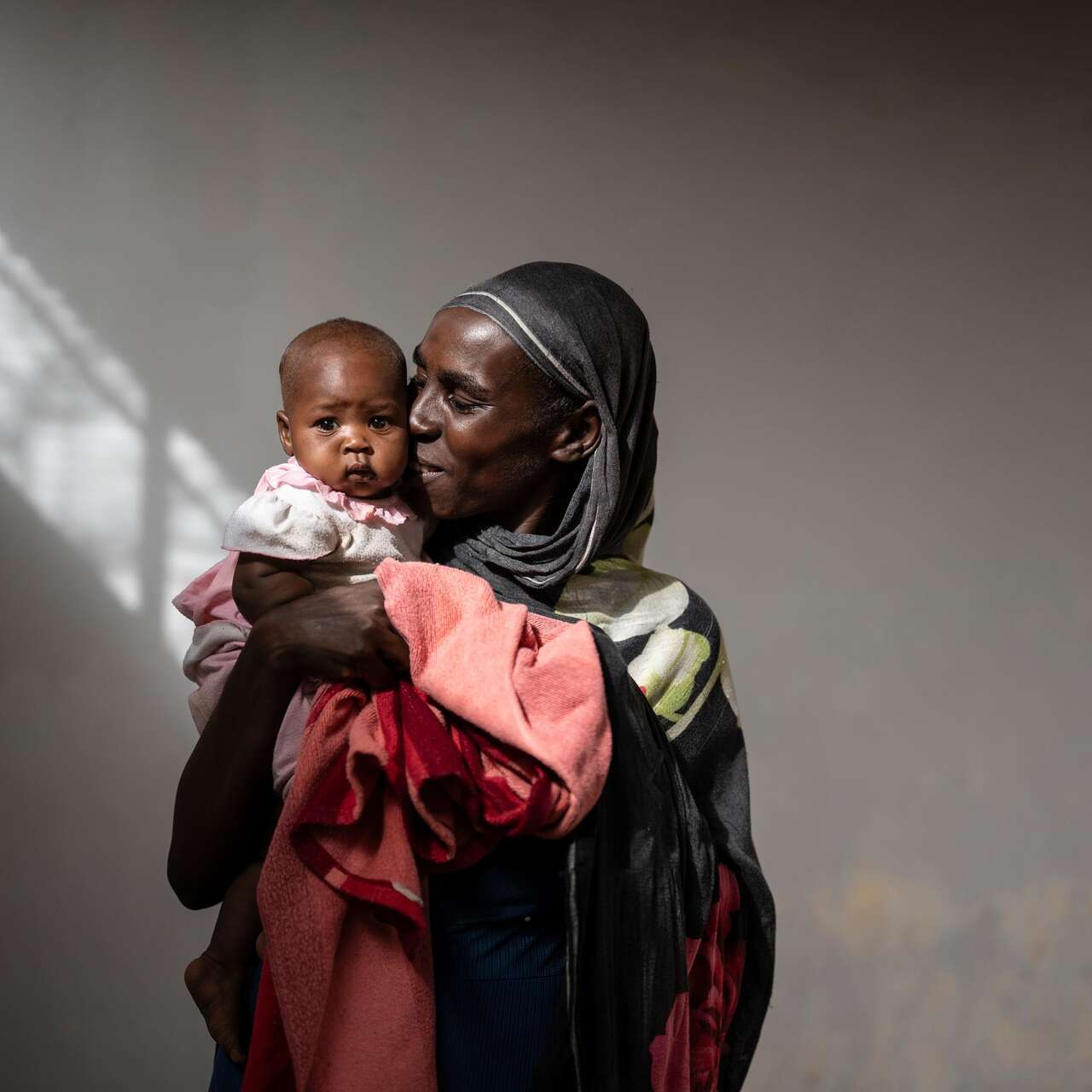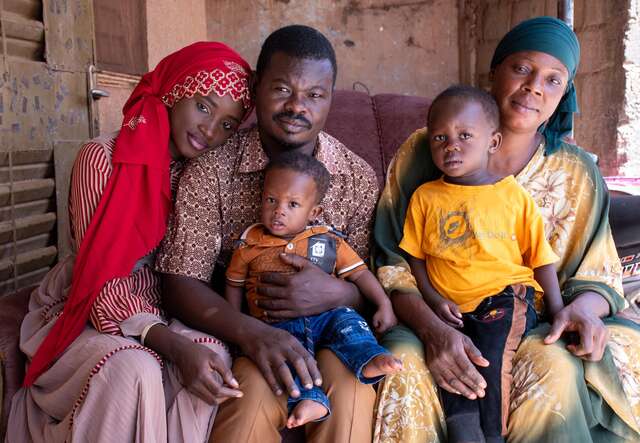
What are the crises the world can't ignore?
How much do you know about our 2025 Emergency Watchlist and the countries most at risk? Take our quiz to test your knowledge...

How much do you know about our 2025 Emergency Watchlist and the countries most at risk? Take our quiz to test your knowledge...
Every year, the International Rescue Committee (IRC) releases our Emergency Watchlist, identifying the countries most at risk of new or worsened humanitarian emergencies in the coming year.
The 2025 Watchlist reveals a world increasingly out of balance. Just 20 countries, home to only 11% of the global population, account for a staggering 82% of global humanitarian needs. These are the crises the world can’t ignore.
Test your knowledge of the countries most at risk in 2025—and find out what can be done to help put in place high impact, cost effective solutions.
All of the above are countries in the top 10 of the IRC Emergency Watchlist. However, Sudan is at the top of the Emergency Watchlist for the second consecutive year.
The country’s brutal civil war has been devastating civilians since April 2023 – and now the country is heading into a crushing famine. Sudan now holds two distressing world records as the crisis that has displaced the most people (14.6 million) and has left more people in humanitarian need (30.4 million) than any other crisis since records began.
When the conflict began in 2023, the IRC adapted our programs and scaled up our response to address rising humanitarian needs. Despite immense challenges, we continue to provide support across 5 states, and are exploring opportunities to expand our presence further.
Learn more about the IRC’s Sudan response.
One of the key imbalances leading global crisis is the combination of more carbon emissions, with less climate support. Carbon emissions continue to rise, and the highest price is being paid by those who have contributed the least to the problem. Watchlist countries contribute less than 4% of global carbon emissions despite representing 11% of the global population.
They are also some of the least prepared to face the consequences. 16 Watchlist countries are among the top 25% most vulnerable to climate crisis. Sudan, the Democratic Republic of the Congo, the Central African Republic and Chad rank among the top five most vulnerable countries.
The occupied Palestinian territory (oPt) remains second on the Watchlist after over a year of conflict. The Gaza Ministry of Health reports that at least 44,000 Gazans with been killed and more than 100,000 have been injured. The WHO has reported over 560 attacks on health care, which have completely destroyed 19 of the 36 hospitals in Gaza and left the remainder only partially functional, leaving zero fully functional hospitals remaining.
The IRC and our partners continue to provide lifesaving services every day in Gaza. We provide clean drinking water, malnutrition treatment, child protection and mental health services, and we support emergency medical care in the few hospitals still functioning. Since the announcement of a ceasefire on January 15 2025, at time of writing the IRC is working to rapidly scale up our humanitarian response to ensure that lifesaving assistance reaches those who need it most.
Learn more about the IRC’s work in oPt.
123 million people are forcibly displaced worldwide, up from 65 million in 2015, including 94 million displaced by crises in Watchlist countries (that makes the correct answer 77%). Crises in Syria, Sudan, Afghanistan and Ukraine had displaced the most people as of mid-2024. Watchlist countries account for the vast majority of the global increase in displacement.
Women and girls experiencing conflict and displacement face disproportionately high risks, particularly of gender-based violence and discrimination. Rates of intimate partner violence spike in areas close to conflict. For example, displaced women in the Democratic Republic of the Congo face a 20% higher risk of intimate partner violence than women who have not been displaced.
In humanitarian settings more broadly, sexual violence is alarmingly widespread, affecting 1 in 5 refugee and displaced women.
All of the above!
These are some of the key priorities for action outlined in the IRC's Emergency Watchlist. The world’s imbalanced institutions and business-as-usual approaches to aid delivery and financing are not moving quickly enough to meet the challenges our clients face. An alternative approach is not only possible, it is essential.
Making the system work requires reshaping and rebalancing diplomatic and development approaches in Watchlist countries. These changes will take time, effort and commitment. It is not a quick fix.

The challenges people face in these countries are immense. But the world has the resources to do more good now than at any other time in human history.
Read the Emergency Watchlist to find out how together, we can help rebalance the scales of our world.